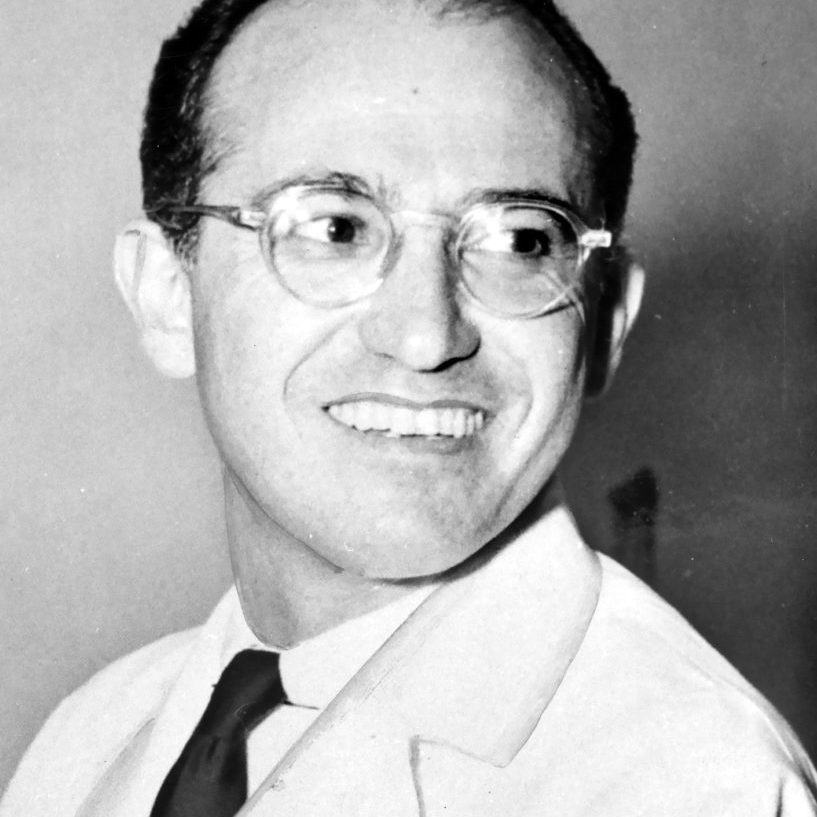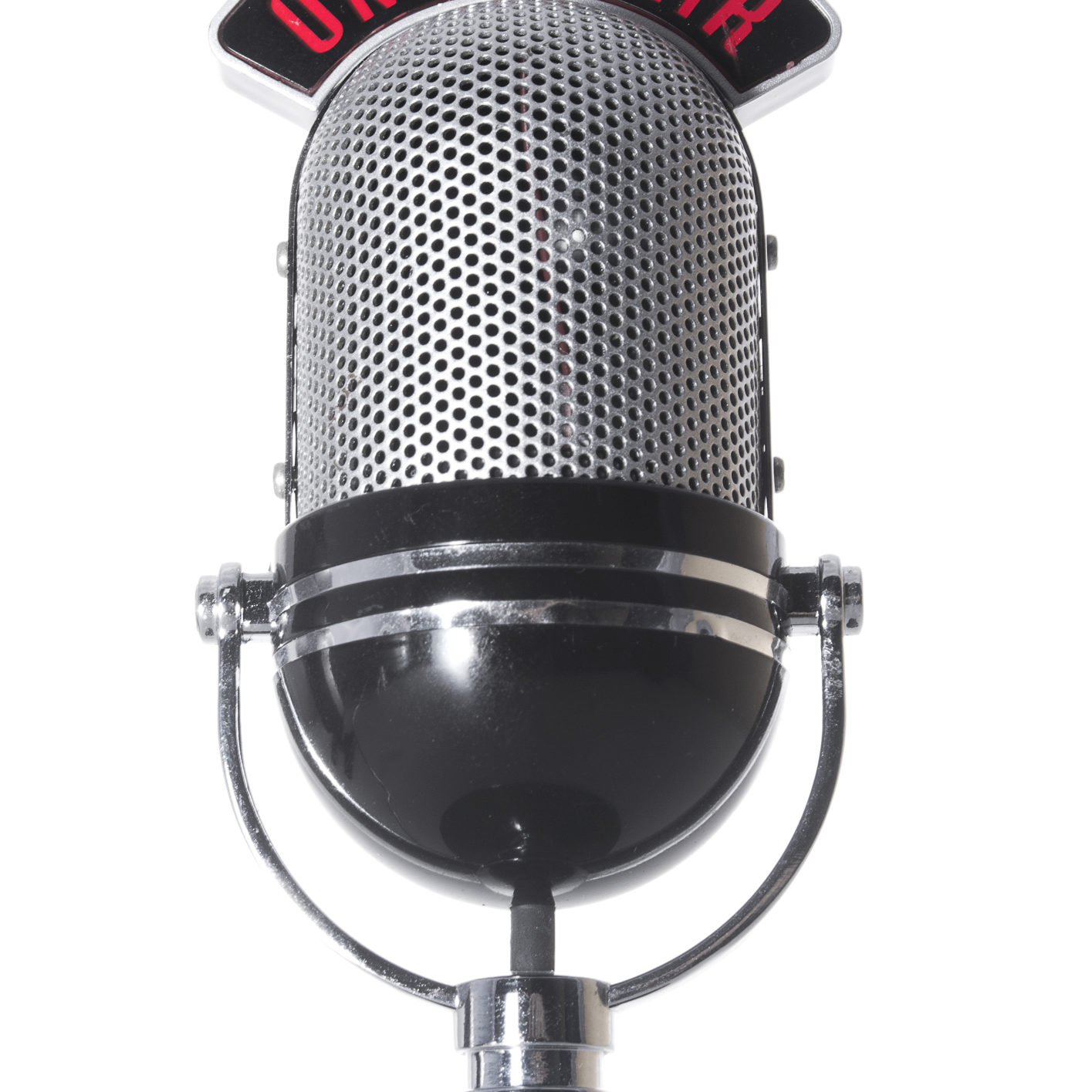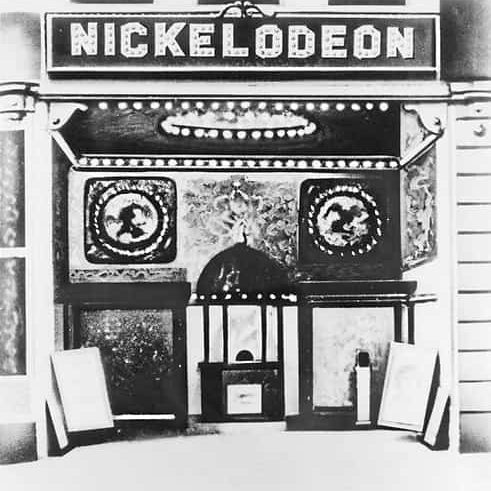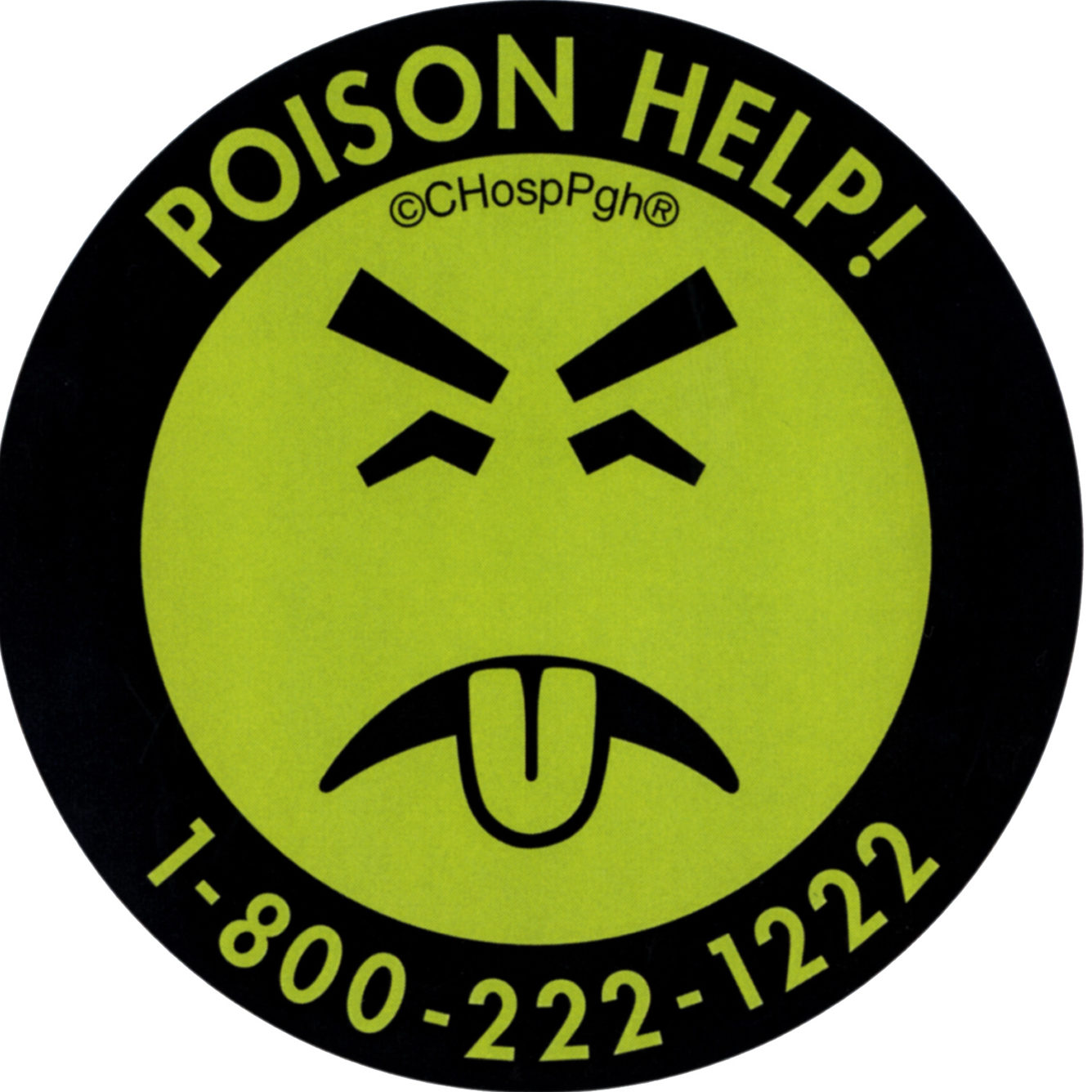
The fear, the cost, the drama of venturing into unknown territory
Daniel Marsula/Post-Gazette
What do Starbucks, king crab and boutiques have in common?
What do Starbucks, king crab and boutiques have in common?
Decision-making in the face of uncertainty.
Decision-making in the face of uncertainty.

Courtney Linder
clinder@post-gazette.com
Along East Carson Street on the South Side, there are shuttered storefronts in between the bustling bars, nightclubs and restaurants that the neighborhood is known for.
Some ghost stores have old lamps and mannequins piled up against the windows. Others still bear the signage of past businesses that have closed or failed. Some small operations that are still open are more like a revolving door than a store, as commercial tenants move in and out repeatedly, unable to make sales that support the costly real estate.
The Urban Redevelopment Authority of Pittsburgh and the city even awarded a $40,000 contract to Fourth Economy, a community and economic development consulting firm based in Chateau, to create a three- to five-year business district plan that would breathe life back into commercial spaces between South 10th Street and South 25th Street, according to the South Side Chamber of Commerce.
Entrepreneurs trying to make a go of it there all have something in common with the CEO of Starbucks and with a fisherman who built up the king crab industry and even with ride-hailing business Uber: Making business decisions when nothing is a sure bet.
“Value creation and wealth creation don’t occur if you don’t make decisions under uncertainty,” said Sharon Alvarez, a professor at the University of Pittsburgh’s Katz Graduate School of Business.
That means admitting to the things you don’t yet realize you don’t know, she said, like the uncertainty of demand for your product or having little information about what might sell best on the South Side.
And being on the cutting edge can be frightening — whether you’re a farmer embracing robotics, an Elon Musk-type literally boring holes underground to solve traffic issues or the owner of a mom-and-pop shop. There’s guaranteed risk, yes, but no guaranteed return.

What is The Cutting Edge?
Not everyone is comfortable taking a risk, especially when your livelihood depends on it. But taking a path into the unknown is necessary for growth. This is a series of stories that look at how the region's entrepreneurs, policymakers, scientists and others have embraced challenges and incorporated new ideas – sometimes the kind that seem a little crazy – into their plans, and what they learned along the way.
Dec. 19 | An entrepreneur's vision: a fresh approach so that people with disabilities can live independently
Dec. 20 | Pittsburgh ag-tech scene emerges, a risky bet on a local food revolution
Dec. 24 | LifeX startups face especially long odds in attacking some of medicine's biggest challenges
Dec. 25 | A parking garage that turns down the lights, redirects storm water and welcomes bikes
Dec. 26 | Putting green: check. Corn hole: check. Developers compete in an 'amenities arms race'
Dec. 27 | PNC testing fraud-busting credit cards with rotating numbers
Dec. 28 | EPA recognizes Pitt for efforts to reduce what ends up in landfills
Dec. 31 | Nuke on a truck: How Westinghouse is shrinking the nuclear power plant
Dec. 31 | How a Pa. affordable housing agency is making ultra-efficient buildings mainstream
Advertisement
Advertisement
Chelsea Cancilla, the 26-year-old co-owner of Whiskey Moon boutique, remains undeterred by the realities that small-business owners and inventors face starting up, gallantly heading into battles against harsh odds.
“I definitely think it’s a risk to have a brick-and-mortar [store],” she said. “I think I blocked out all of the risks associated with the shop when I started out ... because otherwise I’d focus on the reasons that I shouldn’t.”

Whiskey Moon products, from left-clockwise: Handmade cold process soap, foaming sugar scrub and handmade candles. (Pam Panchak/Post-Gazette)
Whiskey Moon, a women’s clothing, accessories and handmade beauty products shop owned by a mother-daughter duo, has been afloat since January 2017 in the 1100 block of East Carson.
The shop is approaching its two-year anniversary, a benchmark that the U.S. Bureau of Labor Statistics says just 70 percent of small businesses ever pass.
Although physical retail is no longer thought of as a leading-edge business concept, in the world of Amazon’s e-retail takeover these small shop owners must come up with innovative ways to differentiate themselves from the one-click wonders online and the behemoth name brands.
“You don’t go from bleeding edge to leading edge by rowing boats,” Ms. Alvarez said. “You have to be in there in the trenches doing it yourself and you may have to pivot or change along the way.”
Advertisement
Advertisement
Crab meat? Not from a can?
If it weren’t for Alaskan fisherman Lowell Wakefield, Wholey’s seafood market in the Strip District would not be able to sell 3 pounds of king crab legs for $105.
In fact, if you had come across one of the knobby appendages on your plate at all in the 1940s, you’d probably scream as if you were being served a spider.
That’s because prior to World War II, most crab meat was canned, leading to low quality and low demand for the crustacean, Ms. Alvarez said. She co-wrote a paper on the creation of the king crab industry for the Journal of Business Venturing in 2014.
“They were the equivalent of eating crickets today,” said Ms. Alvarez, who holds a Ph.D. in business administration, focusing on entrepreneurship and strategic management, from the University of Colorado.
At the time, there were no good meat-stripping techniques to effectively harvest and preserve crab meat. The canned product was often oily and filled with tendons. People did not enjoy crab meat, “so the assumption was that there was no demand for crab meat,” Ms. Alvarez said.
That assumption about demand falls into line with a category of decision making for entrepreneurs: There are things you don’t know that you don’t know. And that’s different from risky decisions, which are calculable.
“Innovation and certainly entrepreneurship — things like Uber and Facebook and Apple — can’t be quantified. Therein lies the issue,” Ms. Alvarez said. “Most business schools teach us to make decisions under conditions of risk.”
Businesses can quantify the size of their market, determine how many widgets they need to produce and come up with a sale price, for example, and that’s measurable risk.
The stock market exhibits risk and uncertainty, Ms. Alvarez said. You can quantify risk of your investments by looking at past market behavior and financials, but you still cannot predict — and therefore, are uncertain — if the market will behave the same way tomorrow.
What the fishermen didn’t know that they didn’t know was that people actually could enjoy those spindly king crab legs — just not in the form they were being sold.
Mr. Wakefield and his ship captain went up and down the Eastern seaboard with king crab in their car, demonstrating how to cook it properly. He reached out to women’s magazines to get recipes published that required fresh crab.
Selling the crab meat fresh, it turned out, created an entirely new market out of a product that was presumed to be undesirable. And that’s the magic of businesspeople like Howard Schultz, who started Starbucks when coffee consumption was declining in the U.S., Ms. Alvarez said.
“The difference between leading edge and bleeding edge is the entrepreneur.”
Top reasons small
businesses fail
42%
failed because there was no market demand for products or services
29%
failed because they ran out of cash
23%
failed because they didn’t have the right team running the business
19%
were outcompeted
18%
failed due to pricing and cost issues
17%
failed because of a poor product offering
17%
failed because they lacked a business model
14%
failed because of poor marketing
14%
failed because they ignored their customers

Chelsea Cancilla's South Side boutique Whiskey Moon has been afloat since January 2017 on the 1100 block of East Carson. (Pam Panchak/Post-Gazette)
Make mistakes, then pivot
Whiskey Moon, the former home of City Books, is the first tenant in that storefront since the building’s landlord closed his book shop a few years prior.
He hoped the space would be home to another family-owned business, so he has been “accommodating” to Ms. Cancilla’s needs — down to the pricing, she said. That has been key, as she decided to forgo law school to pursue this dream.
Although she did not say what she’s paying, Ms. Cancilla noted that commercial spaces on the less desirable end of East Carson — past South 10th Street, heading toward Station Square — can go for about $3,000 per month.
Rent was just one trial-by-fire issue that she and her mother went through in opening their first store.
“I kind of knew I couldn’t know everything and that I’d figure it out along the way,” Ms. Cancilla said. “Honestly, opening this shop, I’ve learned more in two years than I did all through college and probably my entire life.”
How often do new
businesses fail?
Whether opening a brick-and-mortar bookstore or starting a technology company, small businesses all generally face the same rates of failure over time.
20%
fail in the first year
30%
fail by the second year
50%
fail by the fifth year
70%
fail by the tenth year
Advertisement
Advertisement
How often do new
businesses fail?
Whether opening a brick-and-mortar bookstore or starting a technology company, small businesses all generally face the same rates of failure over time.
20%
fail in the first year
30%
fail by the second year
50%
fail by the fifth year
70%
fail by the tenth year
It was difficult at first to find the right hours to stay open. The duo settled on weekdays noon to 7 p.m., with the exception of Monday, when Whiskey Moon is closed, and Sundays noon to 5 p.m. They found, through experimentation, that those hours see the heaviest foot traffic.
Ms. Cancilla purchases her clothing wholesale from brands based out of Los Angeles, but determining how many of each garment she should buy and in which sizes can be tricky.
Pricing the items at the perfect markup is another challenge.
“It’s hard … that’s the million-dollar question and something we still learn and play around with,” she said. “Especially in South Side, when you’re competing with places like Forever 21, sometimes our prices might seem higher. Nothing is guaranteed to sell.”
Still, Whiskey Moon is profitable, Ms. Cancilla said, although she declined to disclose specific financials. She doesn’t pay herself a full salary but reinvests the cash back into the store.
“It may change 50 times to Sunday before she decides on a model,” Ms. Alvarez said of Whiskey Moon boutique. “But if all she did was decide to open a boutique to compete against Saks, she won’t win. You have to do something unique that others haven’t tried.”
Ms. Cancilla uses social media app Instagram to create “stories,” or updates that the store’s followers can watch for 24 hours before they expire. She uploads photos of items for sale and their price and encourages people to directly reserve items through the app.
Posh Local, a traveling online-only boutique also in Pittsburgh, has differentiated itself by offering same-day delivery after customers select an item and pay for it digitally through a digital wallet like Venmo or PayPal.
As Whiskey Moon approaches its two-year birthday, the uncertainty is still there, but Ms. Cancilla is willing to learn.
“I don’t think there’s anything more educational than opening your own business and failing and flipping it around and making it work,” Ms. Cancilla said.
“This is my livelihood. This is my career. I have to figure it out and continue to fix it.”
Courtney Linder: clinder@post-gazette.com or 412-263-1707. Twitter: @LinderPG.
Pittsburgh invention firsts
Some of the leading-edge inventions and ideas that the Pittsburgh area claimed first. (Source: Culture Trip)

Ferris wheel
George Washington
Gale Ferris Jr.

Polio Vaccine
Jonas Salk

Commercial radio broadcast
KDKA

Drive-in gas station
Gulf Refining Co. Baum Blvd. and St. Clair Street in East Liberty

Movie theater
The Nickelodeon
on Smithfield Street

All steel, concrete ballpark in U.S.
Forbes Field in Oakland

Mr. Yuk sticker
Children’s Hospital
of Pittsburgh